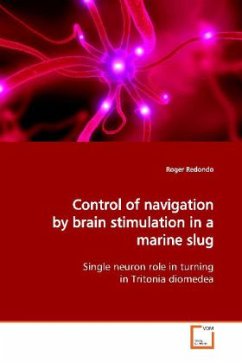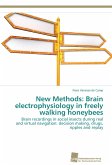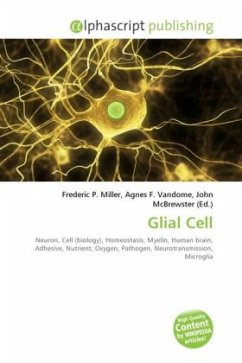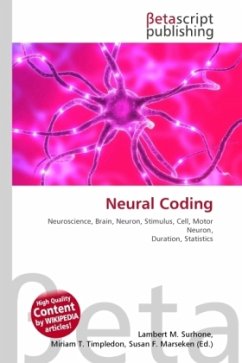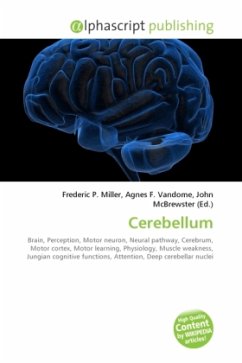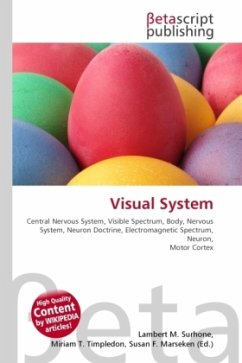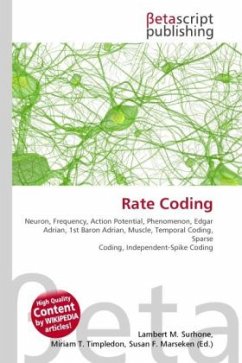For more than a century now, it has been known that
patterns of electrical activity between neurons
account for the marvelous repertoire of animal
behaviors that we see in nature. Neuroethology tries
to understand how the nervous system is responsible
for animal behavior. The marine nudibranch Tritonia
diomedea possesses a rather simple nervous system
with maybe ten thousand brain cells (compared to the
one hundred billion estimated for Homo sapiens). This
book focuses on the very important role of a single
pair of neurons in the motor behavior of this sea
slug. The techniques used allowed for the recording
and the stimulation of individual cells during
navigation in the freely moving animal. The analysis
revealed a sufficient role for a pair of neurons in
turning while crawling suggesting that Tritonia s
nervous system integrates sensory information into a
single cell capable of directing the motor output
during crawling. This work reveals the capabilities
of a single cell in behavor and should be useful for
professionals interested in the theory of neuronal
control as well as researchers aware of the potential
of single cell stimulation.
patterns of electrical activity between neurons
account for the marvelous repertoire of animal
behaviors that we see in nature. Neuroethology tries
to understand how the nervous system is responsible
for animal behavior. The marine nudibranch Tritonia
diomedea possesses a rather simple nervous system
with maybe ten thousand brain cells (compared to the
one hundred billion estimated for Homo sapiens). This
book focuses on the very important role of a single
pair of neurons in the motor behavior of this sea
slug. The techniques used allowed for the recording
and the stimulation of individual cells during
navigation in the freely moving animal. The analysis
revealed a sufficient role for a pair of neurons in
turning while crawling suggesting that Tritonia s
nervous system integrates sensory information into a
single cell capable of directing the motor output
during crawling. This work reveals the capabilities
of a single cell in behavor and should be useful for
professionals interested in the theory of neuronal
control as well as researchers aware of the potential
of single cell stimulation.

